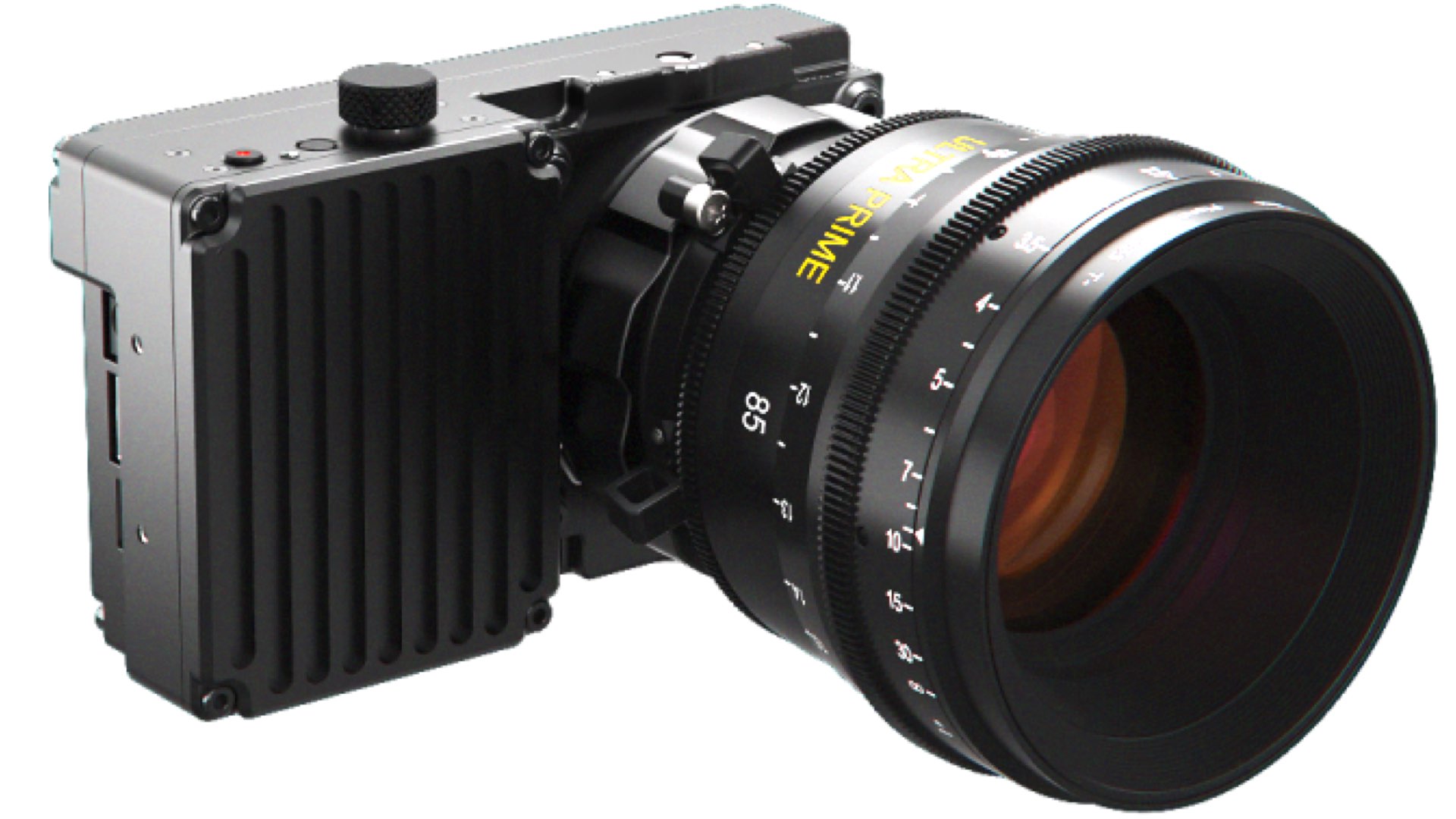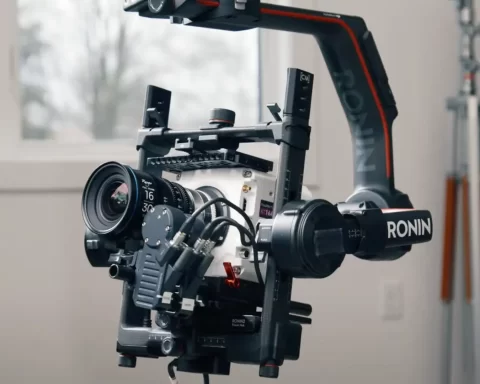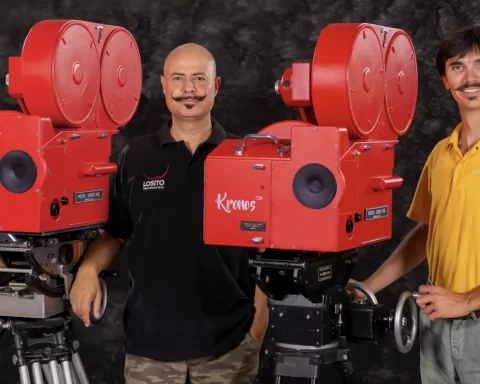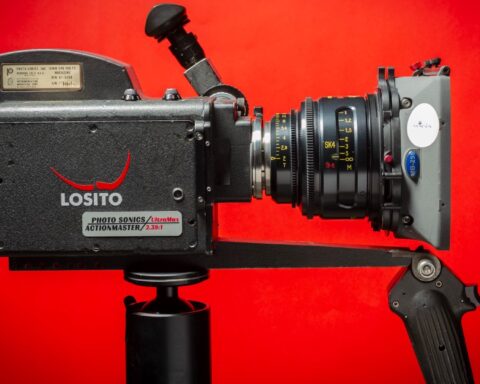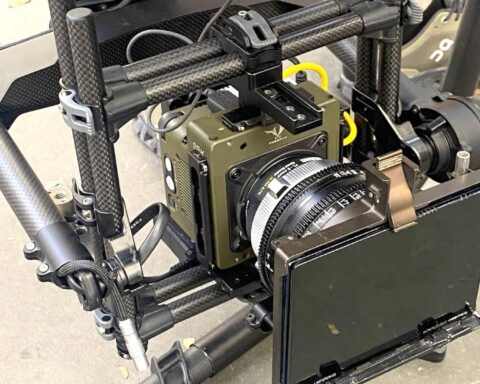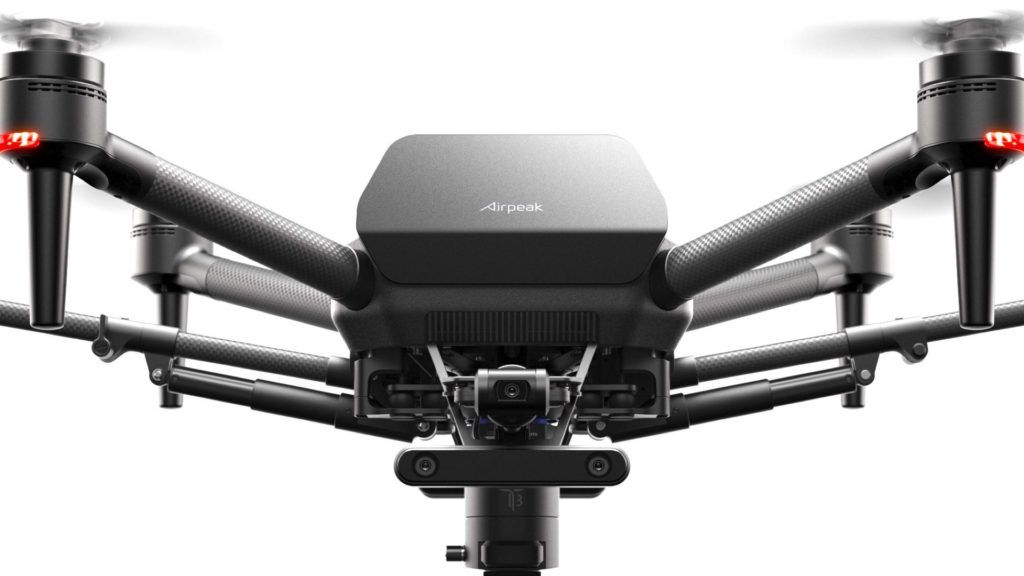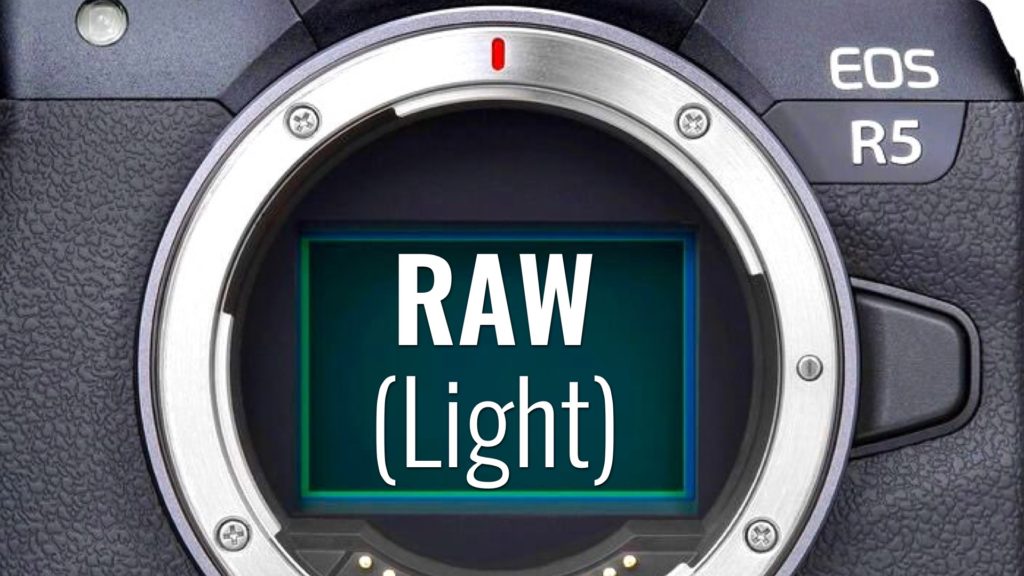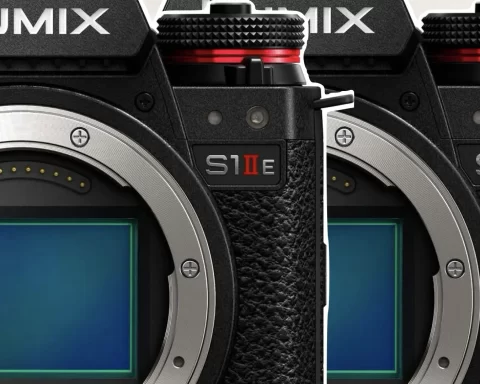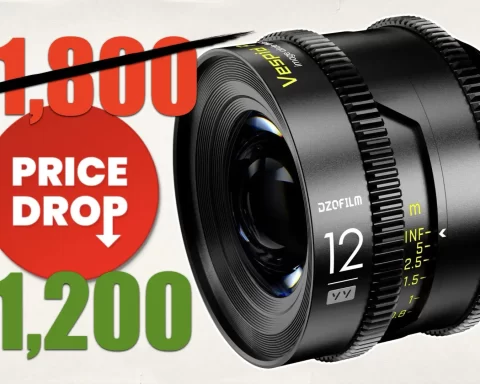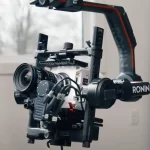Freefly has updated the status of its HFR (High-Frame-Rate) camera, Wave. The footage can now be viewed on a Mac. Furthermore, the dynamic range is improved (2-stops more). Finally, the new stock is ready for order.
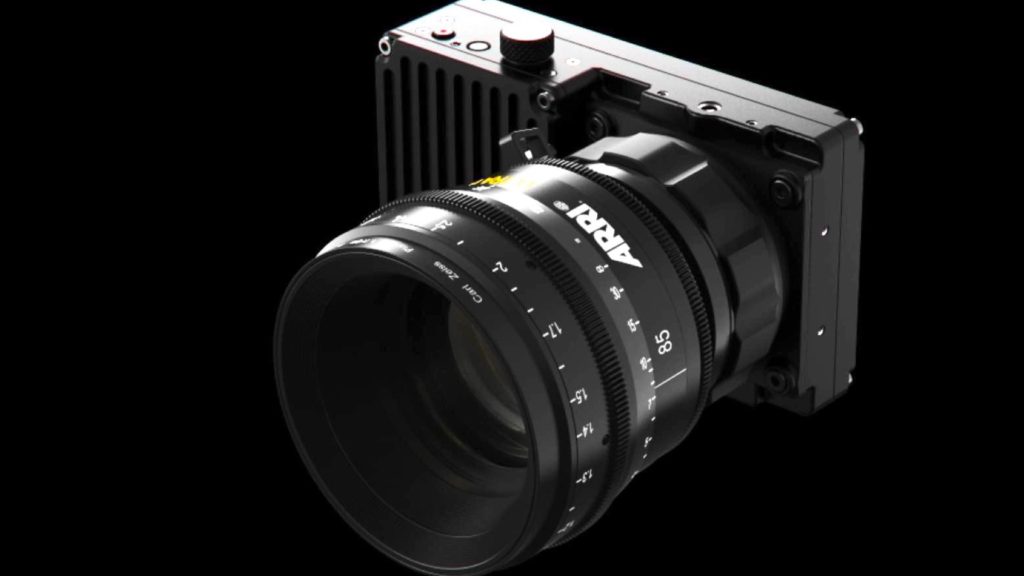
Freefly Wave
The first camera from Freefly has announced back in September 2020, titled Wave. The camera is dedicated to HFR capturing and can be defined as an affordable ultra-high-speed camera, which is a new segment of the market. For instance, explore Wave’s main competitor Chronos 2.1-HD. Although those cameras own different specs regarding HFR, they land on the same market segment. In regard, make sure to read our article that compares those two HFR affordable cameras here. Also, explore the slide below which demonstrates the main differences between them.
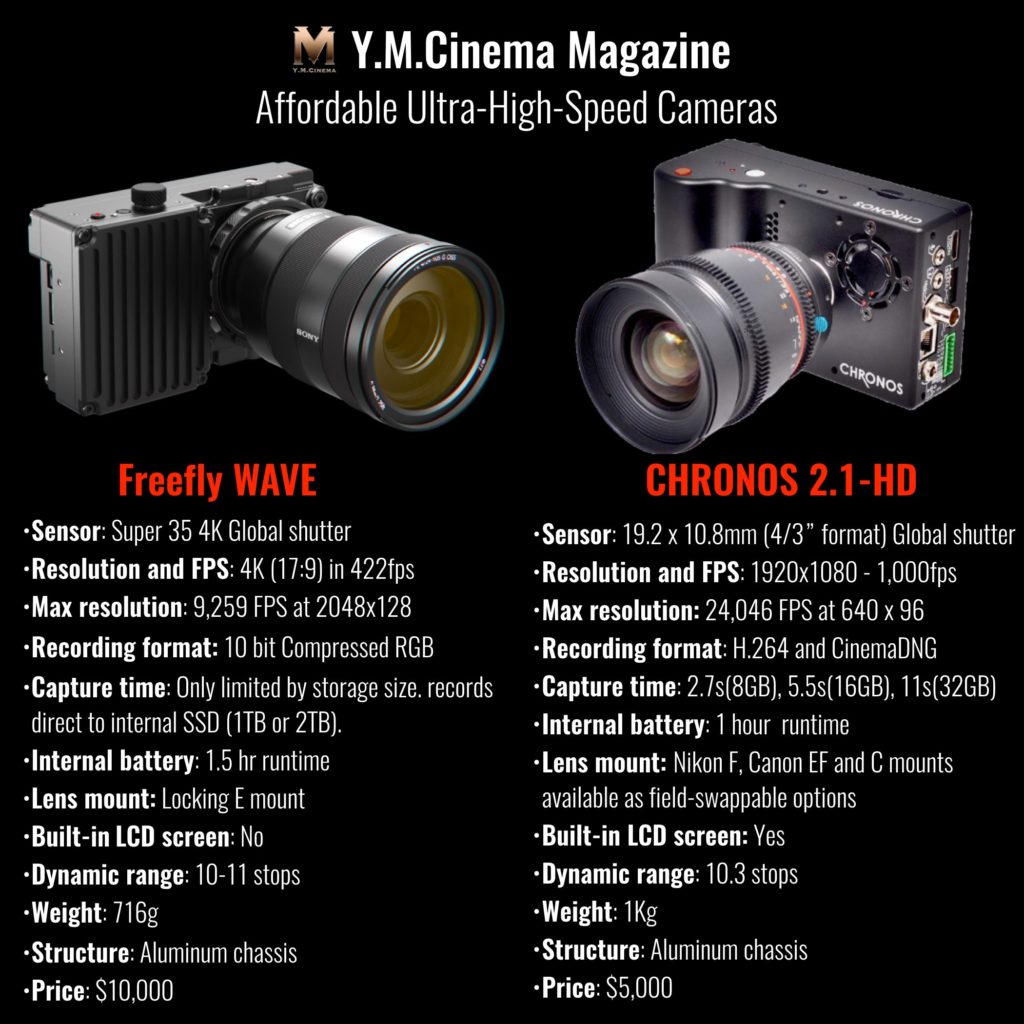
Wave’s sensor
Wave uses an S35 color image sensor with 5.5μm pixels and a native resolution of 4096 x 3072 (4:3). The native ISO is 250 and the native dynamic range is 10-11 stops (before the firmware upgrade). It utilizes a global electronic shutter with shutter speeds ranging from 1s to (1/66000)s. Freefly emphasizes that Wave’s sensor is first and foremost about speed: it produces pixel data at up to 37.75Gb/s. It is not designed as an HDR or a low-light sensor.
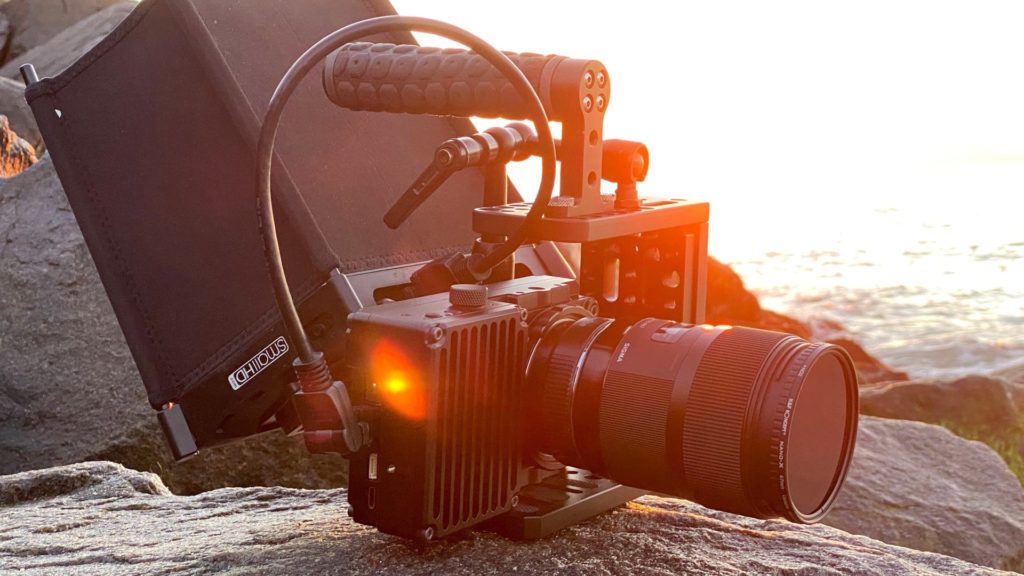
The maximum frame rate in 4K (17:9) is 422fps and in 2K (17:9) is 1461fps. 2K uses subsampling, which preserves the crop factor of the image sensor but does not increase its light sensitivity. Also, since it’s primarily a high-speed video camera, audio processing is not included.
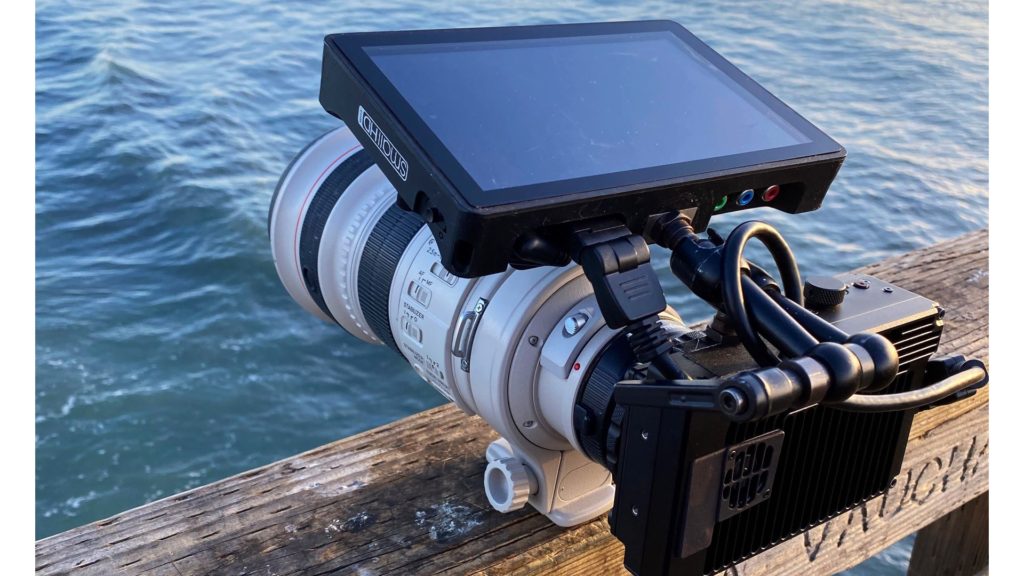
The clips are recorded internally in a lightly-compressed 10-bit RGB file format optimized for write speed. At present, these files can’t be opened directly by other editing tools. Wave Player is the PC and Mac software used to view native Wave clips, trim them, apply basic image adjustments, and export them to other formats. Export formats include CineForm (.MOV), H.264 (.MP4), and PNG/JPEG sequences.
Check out the 4K 422FPS sample footage below (Article: Watch: Super Epic Freefly Wave 4K 422FPS Footage).
Improvements and status
The main new feature of the Wave ecosystem is the Wave Player (macOS) Beta, which allows you to view your footage on a Mac. Also, new camera firmware is available, which includes the following many small but cool improvements. Check out the release note below:
- Updates to compression and color pipeline.
- Improved out-of-the-camera color profile (closer to Rec.709). This does not affect recorded data, but provides a more color-accurate HDMI preview and matching starting point for the Wave Player image adjustments.
- Improved highlight handling, approximately 1/2-stop more dynamic range. This is done by allowing some sensor clipping and using the unclipped channels to recover highlight detail, aided by a smoother highlight desaturation curve. New image adjustments are available in the latest Wave Player to expose these settings.
- Improved match between HDMI preview and Wave Player image adjustment starting point.
- Image adjustment order of operations and settings are now common to both, with settings values stored in clip metadata.
- Added more scroll wheel filtering to prevent jumpy menu scrolling.
- Moved Shutter Line Artifact compensation to on-camera.
- Additional minor bug fixes and error handling.
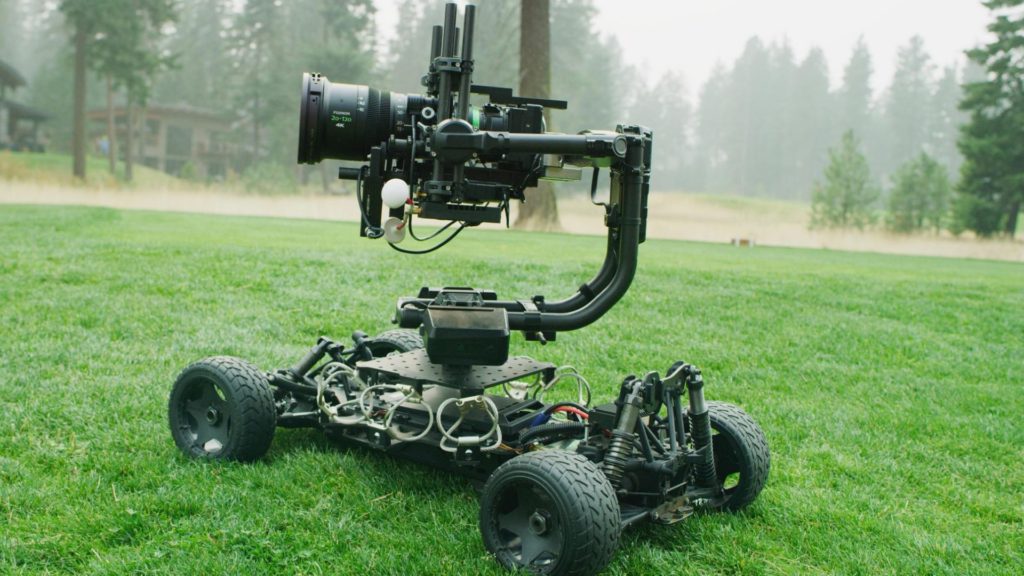
Price & availability
As shown on the slide above, the Wave 2TB SSD costs $10,995 and can be ordered from the Freefly website.
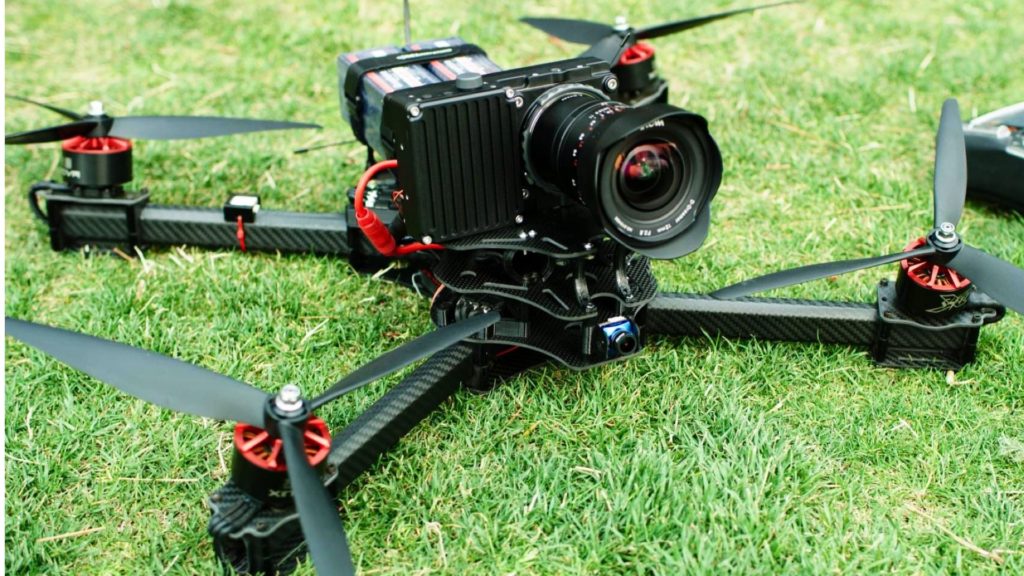
Initial thoughts
Freefly said that the camera team has expanded to eight, working solely on the Wave project. That’s a small camera company in every way. There’re plans to develop electronic connections between the camera and the lens, and much more. Indeed, there’s a lot to do here, like enhancing the DR (Dynamic Range), NLE synchronization, improve the codecs, and so on. We expect to see Wave grows and turns into an HFR professional camera that owns more possibilities for cinema applications. Stay tuned as we’ll keep you posted about the Wave and other affordable HFR options.

